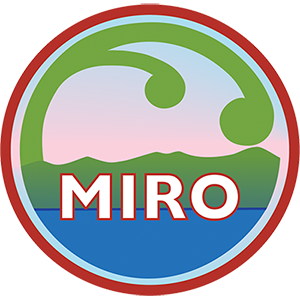Farewell to Jo Greenman, and Gollan’s Valley update (videos).
Jo Greenman, our GWRC East Harbour Regional Park Ranger is moving on. Here’s the tribute presentation at the MIRO 2025 AGM GWRC Councillor Quentin Duthie talked about the Gollan’s Valley acquisition and next steps.Read More →

